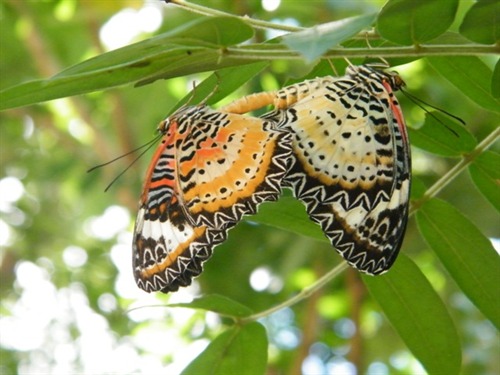
Official website links end with .gov.sg
Government agencies communicate via .gov.sg websites (e.g. go.gov.sg/open). Trusted websites

Secure websites use HTTPS
Look for a lock (
-
- Find a park or park connector
-
- Arts or heritage appreciation
- Barbecuing
- Birdwatching
- Camping
- Cycling or inline skating
- Dining
- Fishing
- Fitness studios
- Fun with children
- Fun with your dog
- Hiking
- Kite flying
- Mountain biking
- Nature walks or tours
- Photography
- Skateboarding
- Sandcastle building
- Shopping
- Staycation
- Therapeutic gardens and therapeutic horticulture programmes
- Water sports
- Wellness
- Festivities and promotions
- Events

.jpg?sfvrsn=90e5fadc_1)
_tanaecia-iapis_zb.jpg?sfvrsn=5193f9ca_1)
_-lexias-pardalis__jt.jpg?sfvrsn=a7bc94af_1)
_lexias-pardalis_jt.jpg?sfvrsn=7e9c681c_1)



